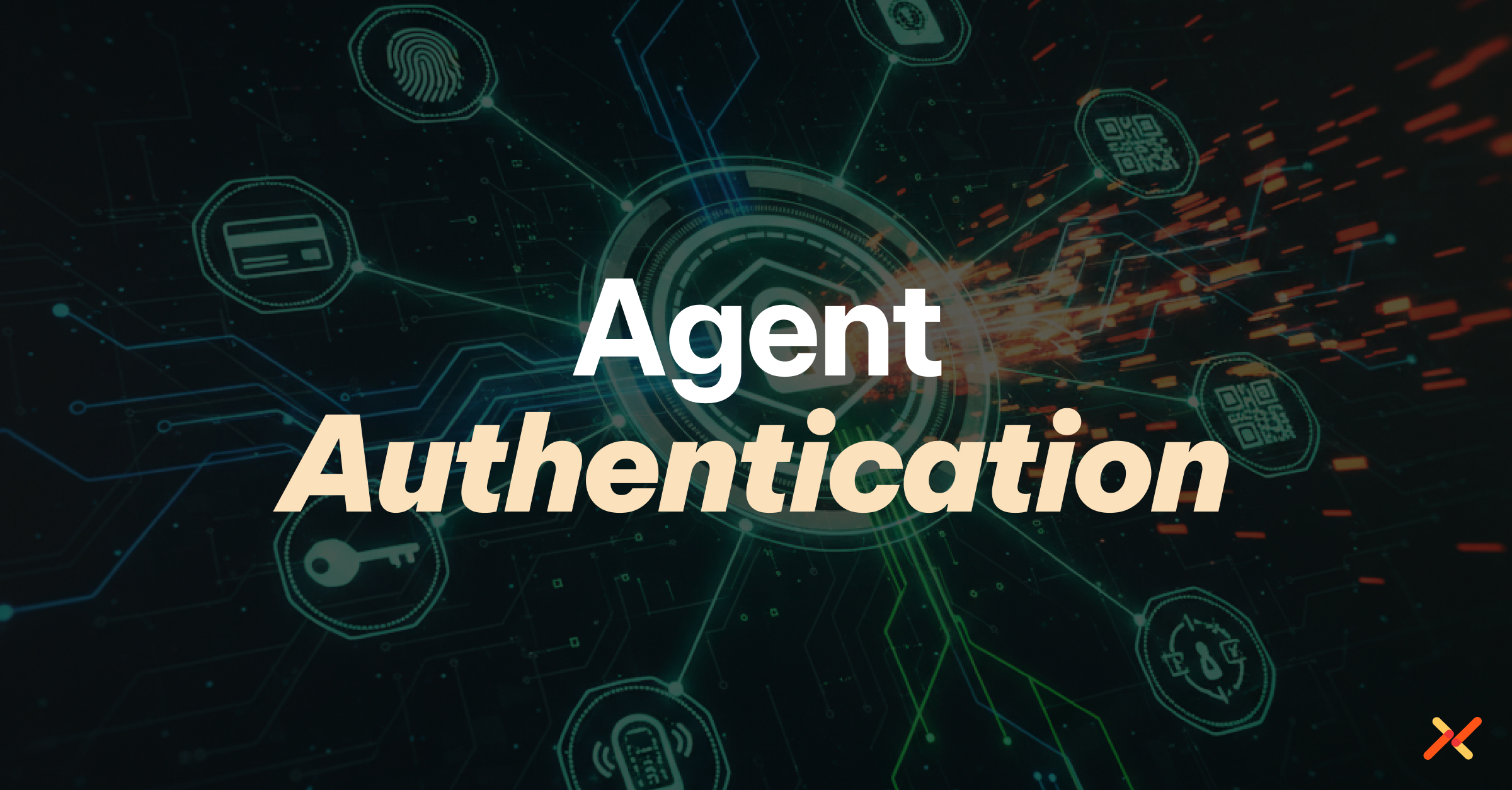Agent authentication is the process of verifying the identity of an AI agent, service, or automated workload before it’s allowed to access tools, data, or APIs. It ensures that autonomous systems act within defined boundaries and that each action is tied to a verifiable, trusted entity.
How Agent Authentication Works
Agent authentication extends traditional identity and access management (IAM) to autonomous or semi-autonomous software agents.
When an agent requests access to a tool or resource, it must first prove its identity using one or more methods:
- Certificates or tokens issued by an identity provider.
- Attestation evidence from a trusted runtime or secure enclave.
- Signed assertions verifying origin, model, or ownership.
- Mutual TLS (mTLS) for secure, two-way identity verification.
Once authenticated, the agent receives scoped permissions or session credentials for its task. Protocols like the Model Context Protocol (MCP) are beginning to define standardized ways to exchange these identity and capability assertions across agent ecosystems.
Why Agent Authentication Matters
As enterprises deploy agentic AI systems that make autonomous decisions and interact with sensitive infrastructure, verifying “who” the agent is becomes critical.
Agent authentication ensures:
- Only trusted AI agents can act on behalf of an organization.
- Data boundaries and compliance controls are enforced consistently.
- Each action taken by an agent is auditable and attributable.
Without it, organizations risk unauthorized actions, context hijacking, or data exposure by rogue or spoofed agents. In environments where agents can invoke code execution or infrastructure changes, authenticating every action origin becomes a first-line defense.
Common Challenges
Identity-based Challenge
- Agent Identity Issuance: Many systems lack a defined authority to issue, manage, or rotate agent credentials, leading to ad-hoc, non-verifiable identities that undermine trust and auditability.
Non-identity Challenges
- Context Injection: Malicious actors can manipulate prompts or instructions to impersonate an authenticated agent or alter its behavior post-authentication.
- Ephemeral Lifecycles: Agents spin up and shut down rapidly, making it hard to maintain persistent trust relationships.
- Inter-Agent Communication: Authenticating multiple agents interacting across domains (e.g., MCP or federated toolchains) introduces complexity in certificate and policy exchange.
- Compliance and Logging: Capturing verifiable audit trails for transient AI processes challenges existing monitoring frameworks.
How Aembit Helps
Aembit provides workload-centric authentication that extends naturally to agents.
Rather than relying on static keys or shared secrets, each agent or service authenticates using an attested, verifiable workload identity from a trusted source, governed by centralized Aembit policies.
With Aembit:
- Agents authenticate without managing credentials, using attested, identity-based access.
- Policies enforce least privilege and context awareness for every agent-to-tool interaction.
- Security teams gain centralized visibility into which agents accessed what, and when.
- Aembit’s workload identity framework aligns with agent orchestration protocols like MCP, enabling secure, secretless communication across agent ecosystems.
Aembit turns agent authentication into a continuous, automated trust model, not a manual configuration step.
Related Reading
Related Terms:
Agentic AI, Model Context Protocol (MCP), Workload Identity, Mutual TLS (mTLS), Attestation
FAQ
You Have Questions?
We Have Answers.
How is agent authentication different from traditional IAM?
Traditional Identity and Access Management (IAM) focuses on authenticating human users. Agent authentication extends these principles to non-human identities, AI agents, microservices, or workloads, that operate autonomously. It ensures that each agent has a unique, verifiable identity and that every action it performs can be traced and authorized.
What methods are used to authenticate AI agents?
Agents can authenticate using a combination of cryptographic methods such as certificates, signed tokens, attestation from trusted runtimes, or mutual TLS (mTLS). Emerging standards like the Model Context Protocol (MCP) add interoperability by defining how identity and capability assertions are securely exchanged between agents and tools.
Why is agent authentication critical in agentic AI systems?
Autonomous agents often make decisions or execute actions without human oversight. Without strong identity verification, malicious or spoofed agents could impersonate legitimate ones, inject harmful instructions, or exfiltrate data. Authentication ensures that only trusted, attested agents can access sensitive systems and that their activities remain auditable.
What happens if an agent’s identity is compromised?
If an attacker gains access to an agent’s credentials, they could impersonate it and perform unauthorized actions. Using attested, short-lived identities and real-time policy enforcement minimizes this risk by ensuring compromised tokens or agents lose access almost immediately.

